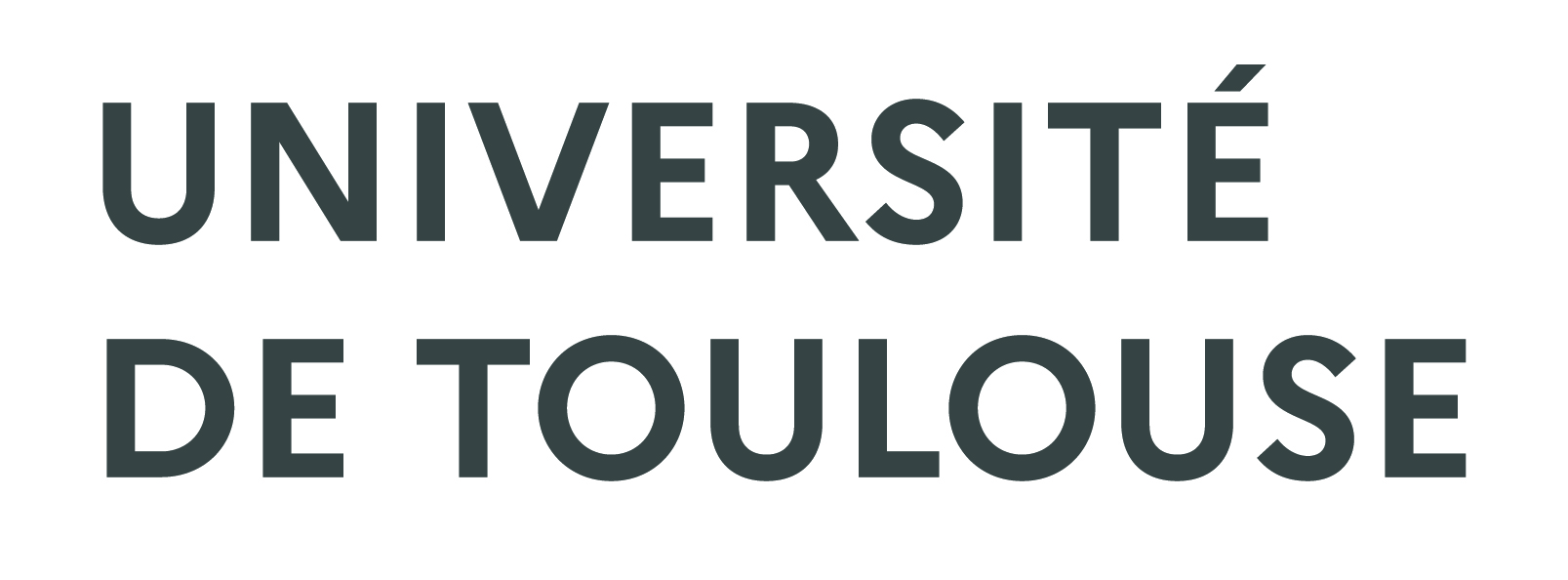Modeling oxygen transport in the brain: An efficient coarse-grid approach to capture perivascular gradients in the parenchyma
Résumé
Recent progresses in intravital imaging have enabled highly-resolved measurements of periarteriolar oxygen gradients (POGs) within the brain parenchyma. POGs are increasingly used as proxies to estimate the local baseline oxygen consumption, which is a hallmark of cell activity. However, the oxygen profile around a given arteriole arises from an interplay between oxygen consumption and delivery, not only by this arteriole but also by distant capillaries. Integrating such interactions across scales while accounting for the complex architecture of the microvascular network remains a challenge from a modelling perspective. This limits our ability to interpret the experimental oxygen maps and constitutes a key bottleneck toward the inverse determination of metabolic rates of oxygen. We revisit the problem of parenchymal oxygen transport and metabolism and introduce a simple, conservative, accurate and scalable direct numerical method going beyond canonical Krogh-type models and their associated geometrical simplifications. We focus on a two-dimensional formulation, and introduce the concepts needed to combine an operator-splitting and a Green’s function approach. Oxygen concentration is decomposed into a slowly-varying contribution, discretized by Finite Volumes over a coarse cartesian grid, and a rapidly-varying contribution, approximated analytically in grid-cells surrounding each vessel. Starting with simple test cases, we thoroughly analyze the resulting errors by comparison with highly-resolved simulations of the original transport problem, showing considerable improvement of the computational-cost/accuracy balance compared to previous work. We then demonstrate the model ability to flexibly generate synthetic data reproducing the spatial dynamics of oxygen in the brain parenchyma, with sub-grid resolution. Based on these synthetic data, we show that capillaries distant from the arteriole cannot be overlooked when interpreting POGs, thus reconciling recent measurements of POGs across cortical layers with the fundamental idea that variations of vascular density within the depth of the cortex may reveal underlying differences in neuronal organization and metabolic load.
Fichier principal
 journal.pcbi.1011973-2.pdf (2.63 Mo)
Télécharger le fichier
pcbi.1011973.s001-2.pdf (2.96 Mo)
Télécharger le fichier
journal.pcbi.1011973-2.pdf (2.63 Mo)
Télécharger le fichier
pcbi.1011973.s001-2.pdf (2.96 Mo)
Télécharger le fichier
| Origine | Fichiers produits par l'(les) auteur(s) |
|---|



